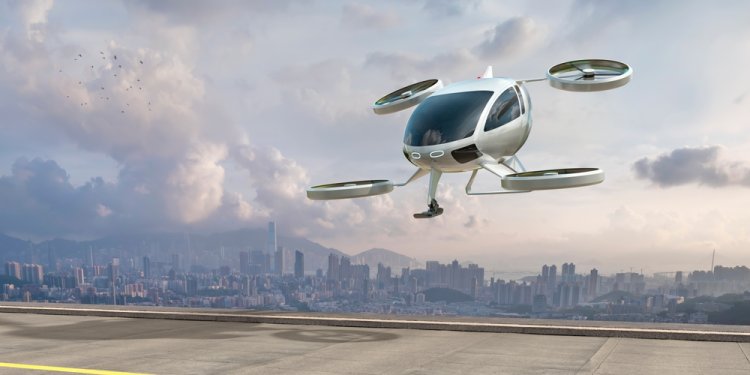Aviation has always been at the forefront of technological progress, pushing the boundaries of speed, efficiency, and connectivity. Today, as the industry embraces sustainability, automation, and urban air mobility, the future of flight is taking shape in ways once thought impossible. From large-scale aircraft models pioneering eco-friendly travel to AI-driven autonomous systems, the next generation of aviation is poised to redefine global mobility.
The Green Revolution: Sustainable Aviation Takes Flight
Environmental concerns have reshaped aviation’s priorities, with airlines and manufacturers investing heavily in alternative fuels and electric propulsion. Biofuels, hydrogen, and synthetic aviation fuels (SAF) are leading the charge toward a greener industry, significantly reducing carbon footprints without compromising performance.
Electric and hybrid-electric aircraft are no longer just concepts. Eviation’s Alice, a fully electric aircraft model, has already demonstrated the potential of zero-emission flight. As battery technology advances, larger electric planes could dominate regional routes, complementing SAF-powered long-haul flights and making sustainable air travel a mainstream reality.
The Urban Air Mobility Revolution: eVTOLs Take Center Stage
The future of aviation isn’t confined to commercial airliners. Electric Vertical Take-Off and Landing (eVTOL) aircraft are set to transform urban mobility, offering rapid, congestion-free transportation. Companies like Joby Aviation, Archer, and Lilium are developing air taxis that could turn gridlocked commutes into seamless, sky-bound journeys.
As cities integrate eVTOLs into transportation networks, the concept of “air highways” will emerge, linking urban hubs with speed and efficiency. Future large-scale model aircraft of these vehicles may serve as blueprints for next-generation city planning, redefining the way we navigate metropolitan landscapes.
AI and Autonomy: The Rise of Intelligent Aircraft
Artificial intelligence is revolutionizing aviation, enhancing safety, maintenance, and operational efficiency. Predictive AI systems can monitor aircraft in real time, preventing mechanical failures before they occur. Meanwhile, autonomous technologies are progressing toward pilotless commercial flights, minimizing human error and cutting operational costs.

Future model airplanes may incorporate advanced AI navigation systems, enabling them to operate more safely in complex environments. These developments could lead to fully autonomous airliners, with AI co-pilots assisting human pilots or even replacing them on select routes.
The Economic and Social Shift: A More Connected World
As aircraft models become more efficient and sustainable, air travel will become more accessible. Lower operational costs will translate to cheaper fares, enabling more people to experience global connectivity. Developing nations stand to benefit immensely, as improved infrastructure and aviation networks spur economic growth and cultural exchange.
Industries like tourism, logistics, and international trade will thrive in this new era of efficient aviation. Large-scale aircraft models of upcoming designs will serve as tangible representations of this transformation, showcasing the future of air travel in museums, exhibitions, and private collections.
Overcoming the Challenges: A Long Road to the Future
Despite these exciting advancements, challenges remain. Infrastructure must be upgraded to support electric aviation, regulatory frameworks must adapt to accommodate eVTOLs and AI-driven aircraft, and public perception of autonomous flight must shift toward acceptance. Scaling sustainable aviation technologies to meet global demand will require unprecedented investment and collaboration.
The Sky Beyond the Horizon
Aviation’s future is unfolding before our eyes, blending innovation, sustainability, and accessibility into an industry that will define the next century of human progress. From eco-friendly aircraft models to intelligent autonomous systems, the sky is not the limit—it’s just the beginning.
As we witness these advancements take flight, one thing is certain: the future of aviation isn’t just about reaching new destinations. It’s about reshaping how we connect with the world.

















